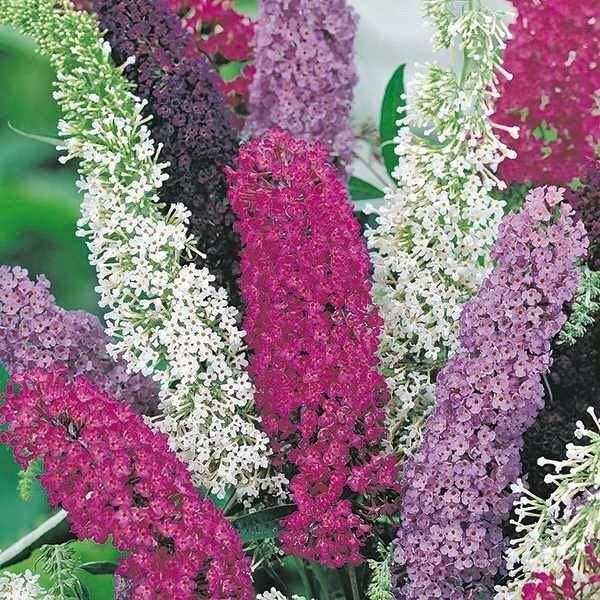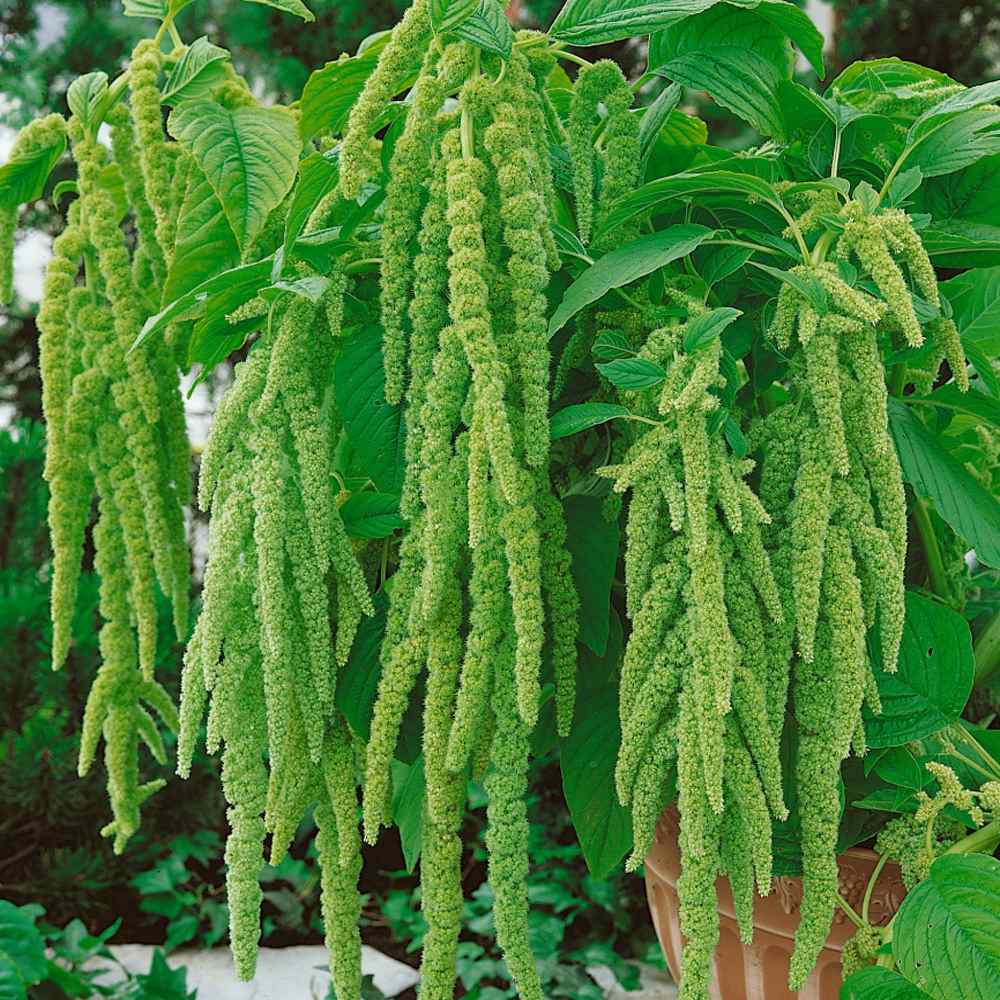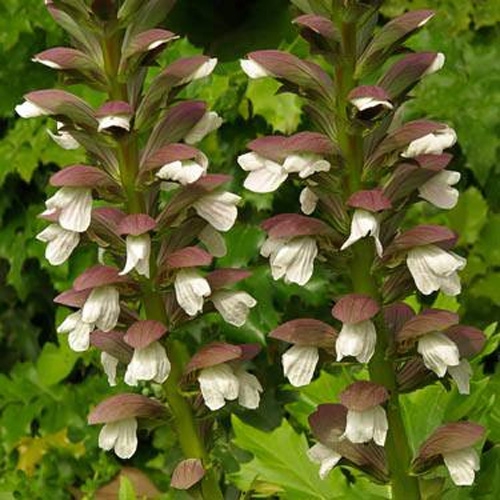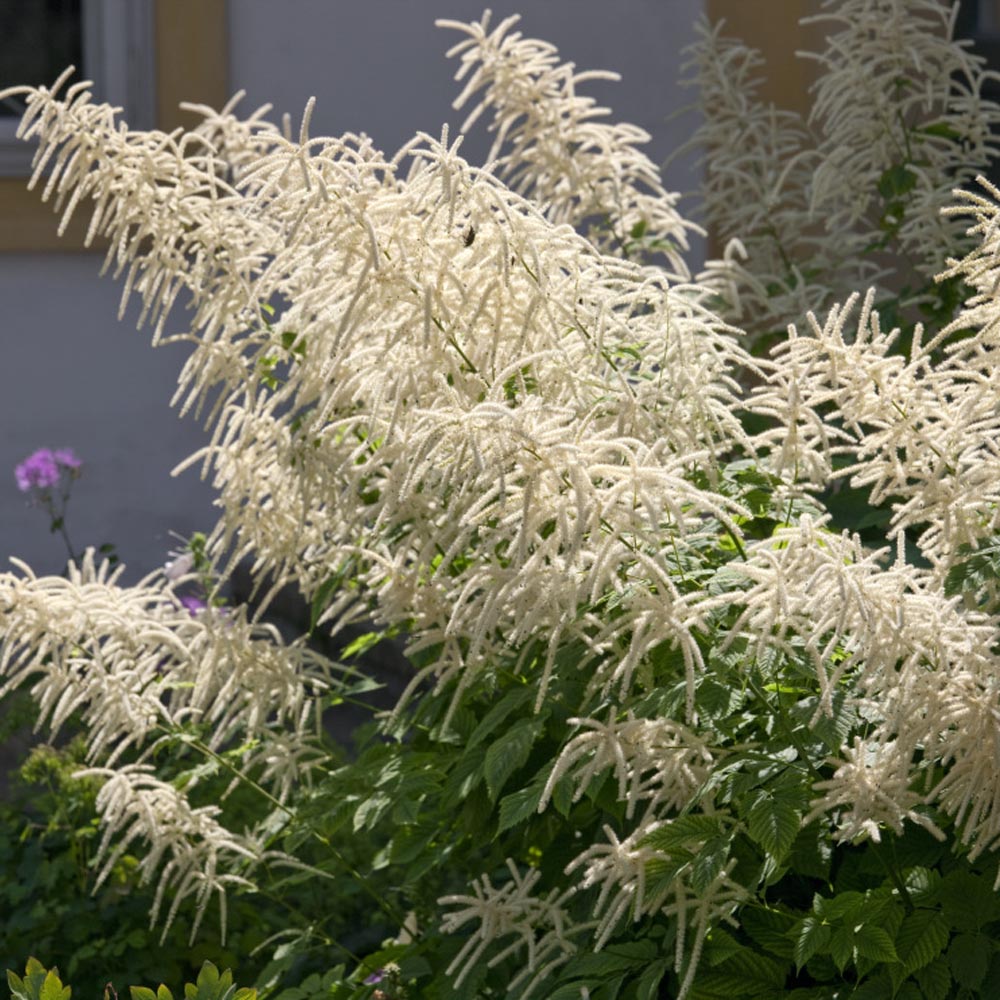
Butterfly Bush Planting Guide
Quick Facts About Butterfly Bush
Butterfly Bush is a hardy plant and a beautiful addition to the flower garden. It has aromatic, sweet-scented flowers that attract hummingbirds.
Planting Time
Start seeds indoors start 8-10 weeks before the last spring frost date.

Planting Location
Thrives in full sun with good rich moist soils.
How to Plant Butterfly Bush
- Sow seeds indoors 8-10 weeks before the last spring frost.
- Sow 3 - 4 seeds per cell and press lightly into soil, do not cover.
- Keep moist until germination. Germinates best at 70 - 75F.
- Once seedlings sprout, ensure they receive plenty of light by placing them on a sunny windowsill or positioning them 3-4 inches below fluorescent plant lights that are switched on for 16 hours daily and off for 8 hours at night. Adjust the lights as the plants grow taller. Avoid using incandescent bulbs as they generate excessive heat. Remember, most plants need a period of darkness to thrive, so do not keep the lights on for 24 hours.
- Seedlings require minimal fertilizer; feed them with a starter solution (half the strength of a full indoor houseplant food) when they reach 3-4 weeks old, following the manufacturer's instructions.
- If you are cultivating in small containers, consider transplanting the seedlings to 3 or 4-inch pots once they have at least 2 pairs of true leaves. Before moving them to the garden, ensure they have ample space to grow strong roots.
- Before planting seedling plants in the garden, it's essential to "harden them off." To acclimate young plants to outdoor conditions, place them in a sheltered outdoor area for a week. Ensure they are shielded from strong winds and direct sunlight initially. If there is a risk of frost at night, either cover the plants or bring them indoors, then return them outside in the morning. This process of hardening off strengthens the plant's cell structure, minimizing transplant shock and sunburn.
- Once seedlings are ready to transplant to your garden, select a location in full sun with moist, rich soils.
- Prepare planting area by turning soil 6 - 12 inches, removing debris and lightly raking to level the planting area.
- Most soils benefit from adding organic matter to enrich the soil nutrients.
- Transplant on a cloudy day or late in the afternoon, this will help to avoid transplant shock.
- Dig a hole large enough to accomodate the root ball. Gently remove seeding from pot and gently loosen root ball with your hands before planting. This will encourage good root growth.
- Position the top of the root ball flush with the surrounding soil level. Fill with soil up to the root ball's surface. Use your hand to firmly press down on the soil.
- Water thoroughly and add a thin layer of mulch on the soil surface (1-2 inches) to conserve water and minimize weed growth.

Care And Maintenance
- Keep weeds in check throughout the growing season by cultivating regularly or using mulch. Weeds can deprive plants of water, space, and nutrients, so it's essential to manage them effectively to prevent their seeds from sprouting.
- Mulches play a crucial role in preserving soil moisture and stabilizing soil temperatures.
- Proper watering is crucial for establishing successfully. Water thoroughly at least once a week to encourage deep root growth. Ensure the soil is moist up to 1 inch below the surface, which can be checked by inserting your finger into the soil. It is best to water in the early morning to allow leaves to dry completely. Ideal amount of water recommended is around one inch of rain or watering per week. Use a rain gauge to determine if additional watering is necessary.
- Until plants are well-rooted, they may require protection from strong winds and direct, intense sunlight. Adequate air circulation is also crucial for their growth.
- After new growth emerges, you can apply a light fertilizer. To prevent burn injury, ensure that granular fertilizers are kept away from the plant crown and foliage. Opt for lower doses of a slow-release fertilizer, as excessive amounts might promote root rots.
- To promote continuous flowering and avoid seed development, it's recommended to "deadhead" by removing spent flower heads.
- In colder regions, add an extra layer of mulch (1-2 inches) after the ground freezes in the fall for added insulation. Using evergreen boughs (from Christmas trees) can offer further protection. Remember to remove this mulch when spring arrives.
- Prune to rejuvenate in spring. Cut plants to the base and they will grow back during the season.
- Prune plants to the base in spring to promote rejuvenation. They will regrow throughout the season after pruning.




































